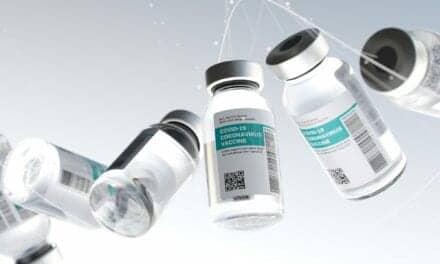FDA scientists have identified specific areas on the so-called ‘spike protein’ of SARS-CoV-2 that appear to be key to triggering strong protective antibody responses in rabbits. The spike proteins are molecules emerging from the surface of the virus, one part of which the virus uses to attach to a cell and another to fuse with the cell membrane, enabling SARS-CoV-2 to infect the cell, according to the FDA.
The agency said the new findings are important to facilitating the development of effective vaccines. The spike glycoprotein is the key target for protective antibodies against both SARS-CoV-2 and a related virus, SARS-CoV-1. Therefore, many vaccine candidates are being designed to trigger antibodies against specific areas, called antigens, on the spike protein of SARS-CoV-2, the agency said.
Although multiple vaccine candidates against SARS-CoV-2 based on viral spike protein are under development, there is limited information on the scientific quality of antibody responses generated against them. In order to better understand the various antibody responses triggered by spike-protein-based vaccines, FDA scientists evaluated the quality of antibody responses in rabbits triggered by various SARS-CoV-2 spike antigens that are similar to those being used to develop vaccines to prevent COVID-19.
The scientists immunized rabbits with various SARS-CoV-2 antigens that occur on specific places along spike protein. Specifically, they injected the animals with the “S1 +S2 domain,” the “S1 domain” alone, the receptor binding domain (RBD), which the virus uses to bind to the cell, and the S2 domain alone, which is involved in virus fusion with host cell.
The scientists then analyzed the antibody responses to the various antigens on the spike proteins using a variety of techniques. One technique, called genome fragment phage display, uses fragments of the spike protein to “fish” for antibodies the immune system makes against those pieces in order to identify which areas on the spike protein trigger strong antibody responses. They also used techniques that measured how tightly antibodies bind to an antigen, and a test that determines whether a specific type of antibody can neutralize the virus and prevent infection.
The tests showed that (S1 + S2), S1 alone, and RBD triggered the rabbit to produce antibodies that effectively neutralized SARS-CoV-2; however, S2 alone showed a weak response. In addition, the study identified the specific areas on each of those antigens responsible for triggering antibody production.
Finally, they found that antibodies triggered by RBD were much more effective at binding that protein than antibodies against the other proteins, and that this binding correlated strongly with the ability of the antibodies to neutralize the virus.
These insights into the immune responses to specific areas of the spike protein could help scientists predict and evaluate whether vaccines under development will offer clinical benefit.










